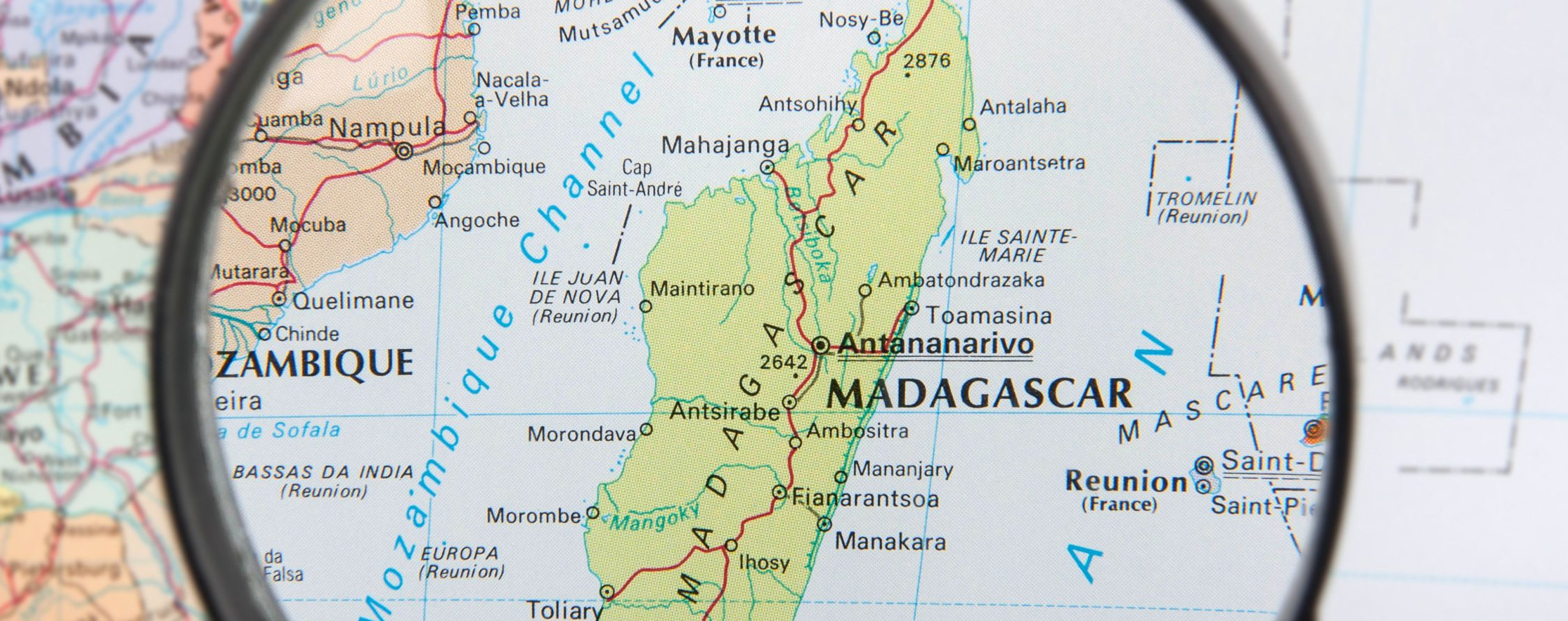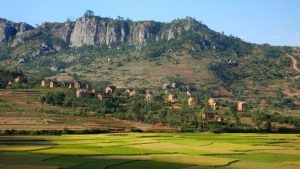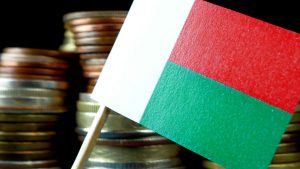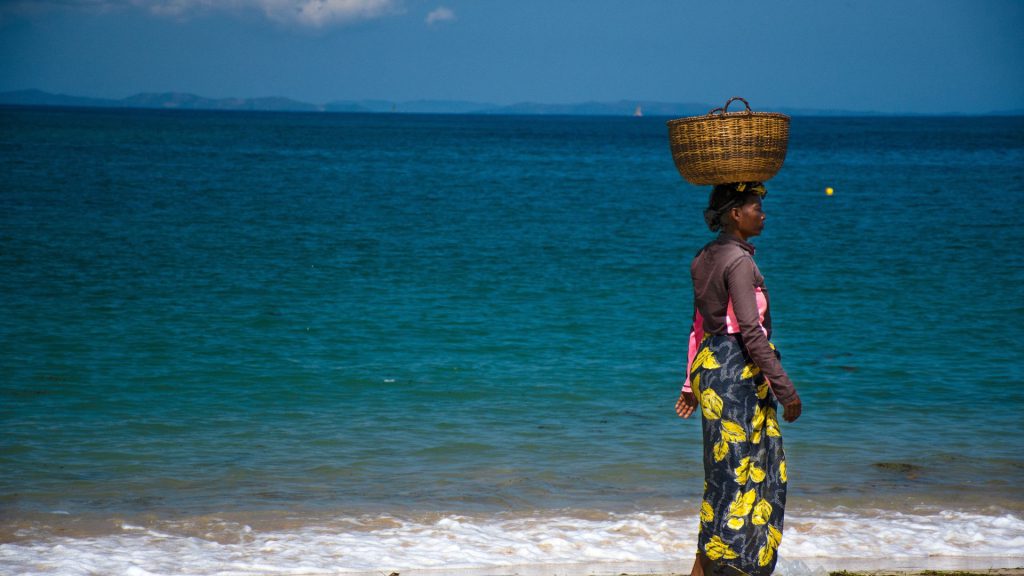Thinking about making the move to Madagascar? Maybe you wanna settle in Madagascar permanently, you maybe you just want to visit the island for a vacation. Whatever the case may be, this article will answer everything you must know about Madagascar!
Madagascar, an island nation situated in the Indian Ocean about 400 kilometers east of Africa, boasts a vast expanse covering 592,000 square kilometers. Before embarking on a journey to this diverse and culturally rich country, it’s crucial to familiarize yourself with essential aspects that will shape your experience.
Geography
Madagascar, situated uniquely within the Indian Ocean, presents itself as a distinctive and unparalleled entity. Its considerable size and strategic location are pivotal factors contributing to the nation’s unparalleled biodiversity and diverse landscapes.
This island nation offers a captivating array of terrains, including expansive highlands, verdant valleys, lush tropical forests, and majestic mountain ranges, providing an enriching experience for explorers and nature enthusiasts alike.
These varied landscapes make Madagascar a treasure trove for ecological diversity and scenic beauty, showcasing the remarkable natural wonders that await discovery.
Administrative Structure
Madagascar, operating as an autonomous republic, is partitioned into 23 administrative regions. The capital city, Antananarivo, situated in the Analamanga region, functions as the central administrative hub of the nation.
Governed by a presidential system, the country’s leader is elected through universal suffrage, while a prime minister oversees the government’s operations. The parliament comprises two distinct chambers: the Senate and the National Assembly, signifying a bicameral legislative structure that embodies the country’s democratic governance.
The 23 regions in Madagascar are comprised of districts, and within these districts, there are municipalities. Each municipality, in turn, consists of smaller units known as Fokontany. This hierarchical structure outlines the administrative divisions within the country, with Fokontany representing the smallest local units within the broader regional framework.
Official Language & Population
The primary language in Madagascar is Malagasy, reflecting the native tongue of the Malagasy people. French serves as the secondary language, with some individuals also proficient in English.
This linguistic diversity contributes to the country’s cultural richness and facilitates communication for visitors. With a population of 28.92 million as of 2021, Madagascar embraces a diverse cultural tapestry.
The capital city, Antananarivo, holds considerable importance as a major urban center, accommodating approximately 1.275 million inhabitants. This vibrant city serves as a hub for cultural, economic, and administrative activities within the country, reflecting a dynamic blend of traditions and modern influences. Do not also forget that Madagascar has lots of dialect, but usually, foreigners learn about Madagascar official language, which is called Malagasy. Some North dialect are combined with French language.
Climate
Madagascar exhibits a varied climate spectrum, ranging from tropical conditions along its coastlines to temperate climates within its highland regions. Contrary to the misconception that Madagascar uniformly experiences scorching temperatures due to its African proximity, the climate showcases noteworthy diversity.
For instance, during the months from May to August, Antananarivo witnesses notably cold weather, while coastal areas like Mahajanga maintain relatively warmer temperatures. This climatic diversity within the country underscores the importance of recognizing nuanced weather patterns. It significantly influences decisions concerning suitable attire and travel arrangements.
Understanding these climate variations is pivotal for travelers, enabling them to prepare adequately and adapt their plans according to the specific weather conditions experienced in different regions of Madagascar.
Infrastructure & Connectivity
Madagascar takes pride in its international airport situated in Ivato, Antananarivo, and a significant international port located in the Atsinanana region. There are well-kept national roads that link various regional capitals.
Additionally, the international port in Toamasina, positioned 355 kilometers away from Antananarivo, serves as another vital gateway. The country benefits from widespread telecommunication coverage primarily offered by networks like TELMA, ORANGE, and AIRTEL, ensuring connectivity across the nation. The country indicator is +261.
In Madagascar, roads are designated as National Roads and are labeled according to a numbering system, such as National Road 1 or 2. For example, the city of Toamasina can be found along National Road 2.
Having a comprehensive understanding of Madagascar’s road infrastructure is crucial, given that certain roads may be in suboptimal conditions. Travelers are advised to familiarize themselves with the roadmap and conditions, as some roads may require attention. Along the National Roads, numerous billboards provide valuable information about the route and surrounding areas, serving as helpful guides for travelers.
Economic Landscape & Living Essentials
The primary focus of economic activities in Madagascar centers around its capital, Antananarivo. The official currency used is the Ariary, and the Economic Development Board of Madagascar (EDBM) plays a pivotal role in assisting with the establishment of companies in Madagascar, fostering business growth and development.
Madagascar presents a diverse spectrum in terms of cost of living, encompassing a wide range of considerations, including affordability and standards of living. Various banking institutions like MCB, BFV, BMOI, and others play a vital role in ensuring secure financial transactions, contributing to the stability and reliability of monetary exchanges within the country. It’s important for residents and visitors alike to consider these financial aspects when planning and managing their expenses in Madagascar.
Transportation options within Madagascar include taxis, buses, and domestic flights. When you travel by a taxi, don’t forget to negotiate the price.
The bus fare costs around 600 ariary and can be more when going further. Roads may be in varying conditions, so plan your routes accordingly. Renting a car with a local driver is also a convenient way to explore the island, offering flexibility and access to remote areas.
Safety & Lifestyle
The nation upholds security through its police, gendarme, and armed forces, ensuring safety around the clock. While Madagascar is generally safe for travelers, it’s important to remain vigilant and take standard safety precautions.
Stay informed about local conditions, avoid displaying valuable items in public, and keep an eye on your belongings in crowded areas.
Various residential neighborhoods in Antananarivo, including Antaninarenina, Ambatobe, and Ivandry, cater to different lifestyles.
Madagascar boasts a range of excellent schools that provide high-quality education, catering to various educational systems. These institutions offer diverse educational frameworks, including American-based, French, or Canadian systems. Notable schools such as the American School of Antananarivo located in Ivandry, LycéeFrançais de Tananarivo (in Ambatobe), and Evergreen Sekoly (In Andoharanofotsy) represent a few among the many establishments offering education within these distinct frameworks.
Accommodation & Tourism
Antananarivo hosts several renowned hotels like Louvre, Carlton, Colbert, and Ibis. Madagascar’s unique biodiversity showcases rare species like baobabs and lemurs, attracting tourists to exquisite natural sites. But Antananarivo is not the only interesting place in Madagascar. There are several breathtaking islands and regions in Madagascar.
Madagascar is renowned for its unique biodiversity, home to numerous endemic species such as lemurs, chameleons, and baobab trees. Respect wildlife by observing from a distance and following park rules. Engaging in eco-friendly activities, like supporting local conservation efforts, contributes to preserving the island’s natural treasures.
- Nosy Ankao: Situated in the far north of Madagascar, Nosy Ankao is a pristine island boasting stunning white sandy beaches and crystal-clear waters. It’s known for its exclusivity, providing luxurious accommodations and a serene atmosphere. Visitors can indulge in various water activities like snorkeling, diving, and exploring the rich marine life in the surrounding areas.
- Nosy Be: Often referred to as “Perfume Island”, Nosy Be is a popular tourist destination renowned for its beautiful beaches, vibrant culture, and diverse marine life. Hell-Ville serves as the main town on Nosy Be and acts as a hub for tourists. The island offers an array of activities, including snorkeling, diving, visiting local markets, and exploring nearby nature reserves.
- Sainte Marie Island: Located off the east coast of Madagascar, Sainte-Marie is celebrated for its tranquil beaches, rich history, and excellent whale watching opportunities. Visitors flock to this island, especially during the whale migration season, to witness humpback whales in their natural habitat. The island also provides opportunities for snorkeling, exploring historical sites, and relaxing on pristine beaches.
- Anjajavy: situated on the northwest coast of Madagascar, stands as a pristine and captivating destination for travelers seeking a unique and secluded experience. This remote area boasts a private nature reserve that showcases the country’s exceptional biodiversity and natural beauty.
- National Parks and Protected Areas: Madagascar boasts an array of national parks and protected areas, each offering distinct landscapes, biodiversity, and opportunities for exploration:
- Andasibe-Mantadia National Park: Famous for its lush rainforests and diverse wildlife, including the iconic Indri lemurs, this park provides a chance to experience Madagascar’s unique flora and fauna.
- Tsingy de Bemaraha National Park: Known for its dramatic limestone formations called “tsingy,” this UNESCO World Heritage Site offers adventurous trekking experiences amidst breathtaking landscapes.
- Ranomafana National Park: A haven for biodiversity, this park is renowned for its diverse ecosystems, hot springs, and an abundance of lemurs and rare bird species.
- Isalo National Park: Characterized by its unique sandstone formations, deep canyons, and oases, Isalo offers hiking trails, natural swimming pools, and stunning vistas.
Cultural Sensitivity
Embrace the local customs and traditions in Madagascar. Malagasy culture is diverse and vibrant, with various ethnic groups across the island. Show respect for cultural norms, traditions, and local taboos (known as “fady”) to ensure a positive interaction with the local communities.
When exploring a new destination, it’s essential to respect and adhere to local customs and dietary preferences. If locals advise against consuming certain foods like pork, onions, or garlic, it’s crucial to honor these requests. This guidance isn’t rooted in superstition but rather stems from cultural practices passed down through generations, still upheld and valued in present times. Respecting these traditions demonstrates appreciation for the local culture and fosters positive interactions within the community.
Before relocating or traveling to Madagascar, familiarizing oneself with these vital aspects will undoubtedly contribute to a more informed and enriching experience in this captivating island nation.






 Legal Company Registration
Legal Company Registration
